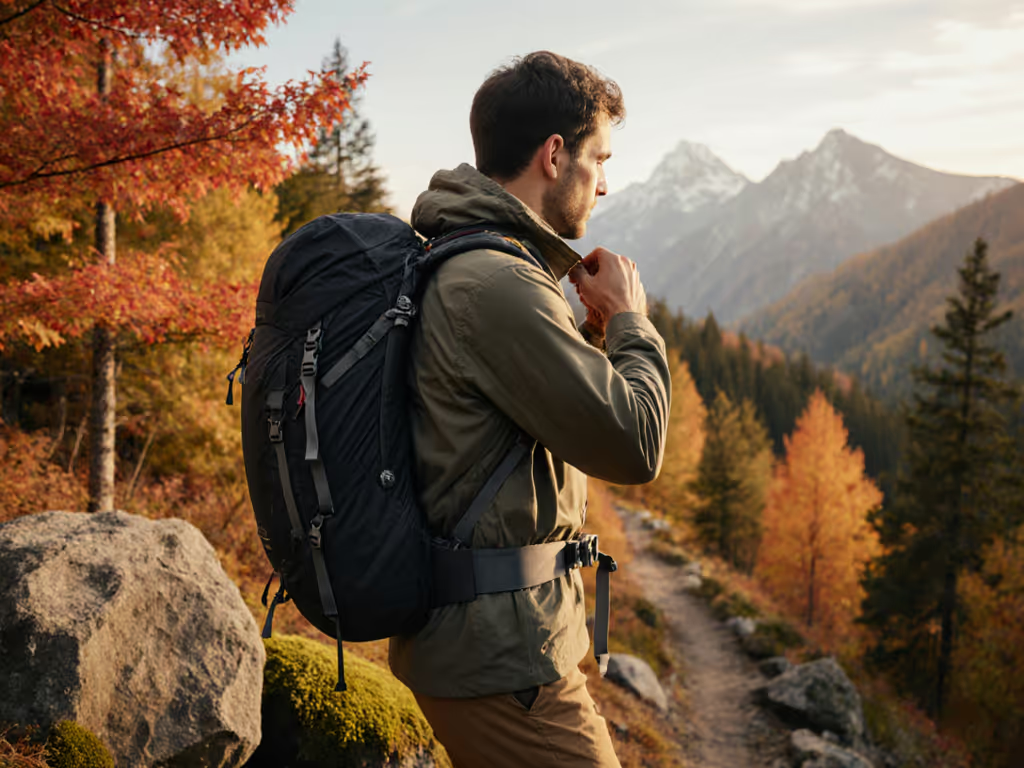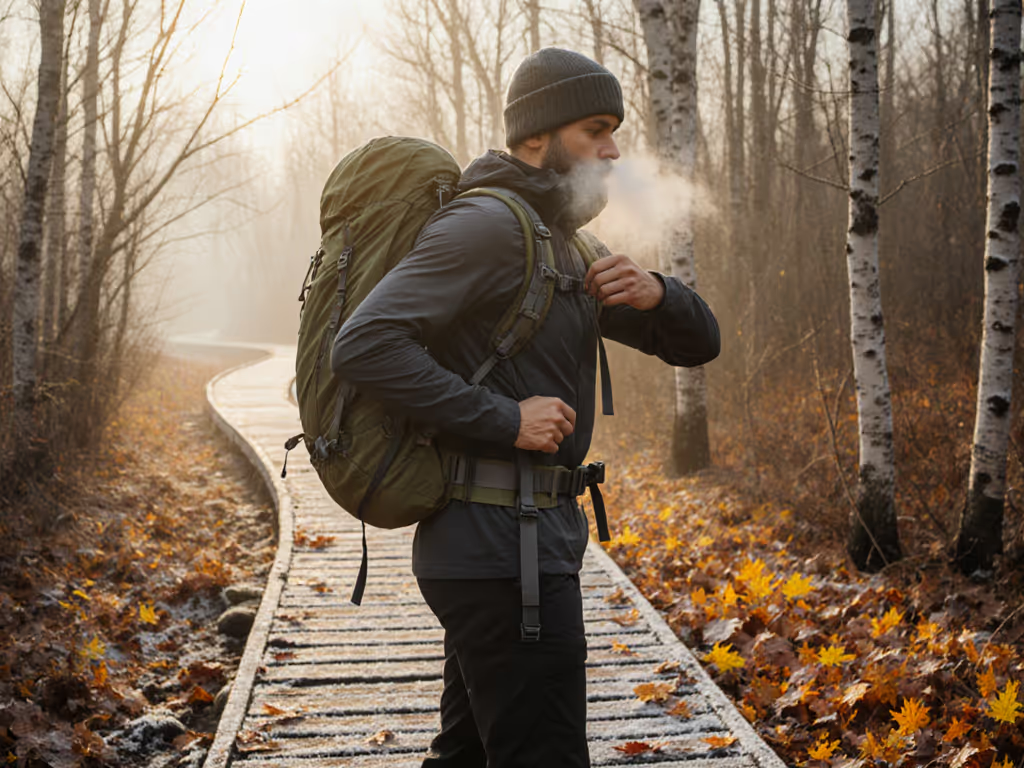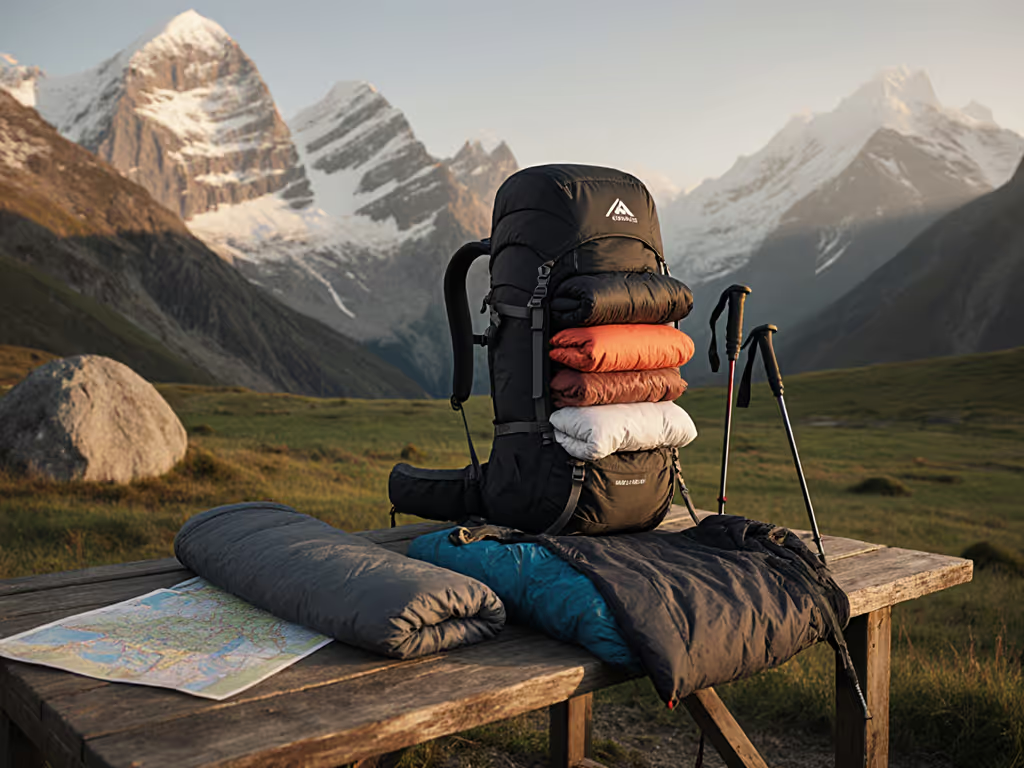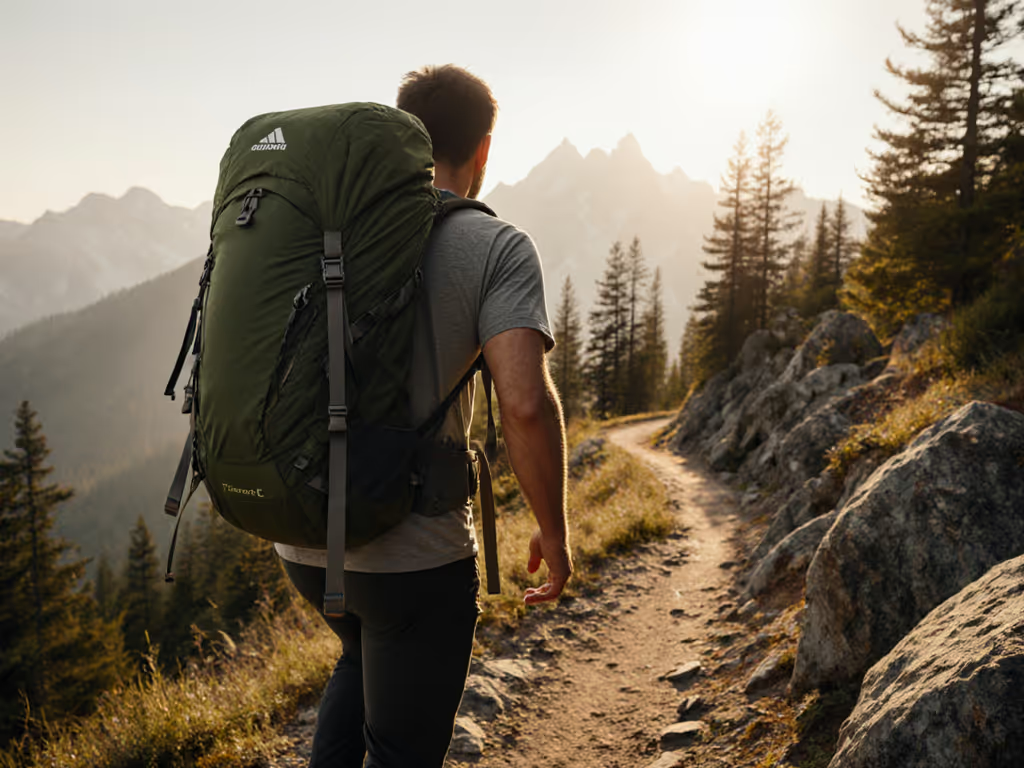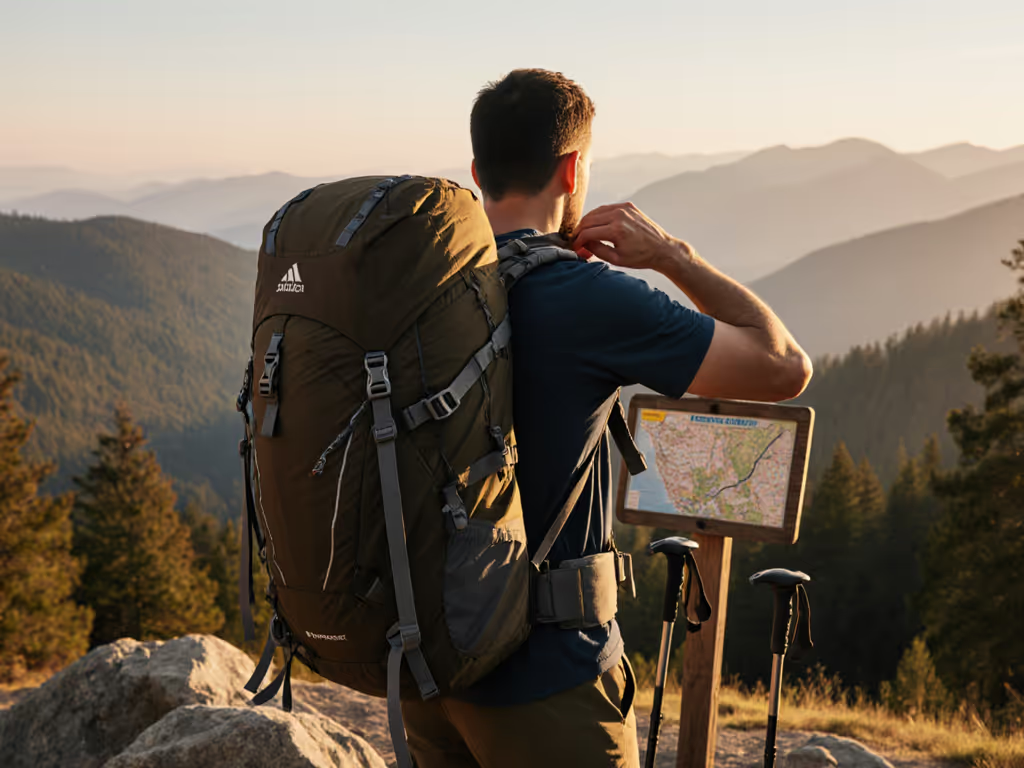
Specialized Pack Organization for Photo Fishing Climbing
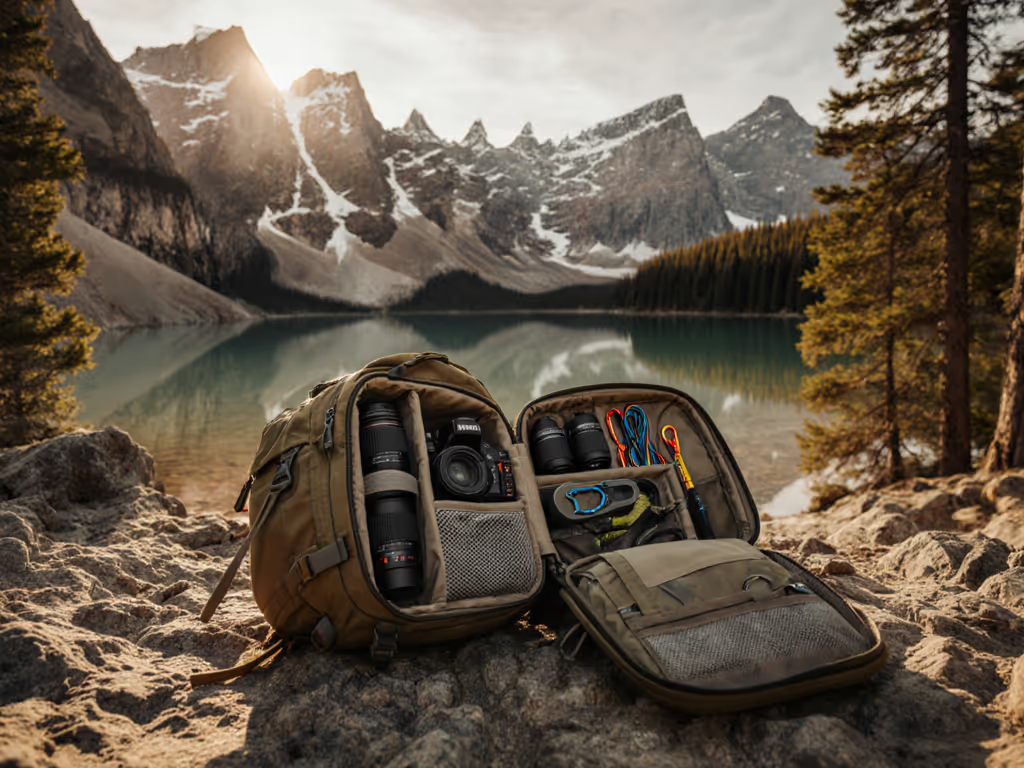
Forget one-size-fits-all compartments. Real value is comfort-hours per dollar, not checkout-line price. When your specialized backpack organization fails mid-activity, you're not just losing efficiency, you're bleeding trail time, physical resilience, and gear lifespan. Yet most packs force compromises between activity-specific gear layout and structural integrity. As a former gear librarian who stretched budgets with surgical precision, I've seen how bad organization turns $400 packs into closet orphans. Let's dissect what actually works (with clear math, not marketing).
Why Generic Compartments Fail You
Photographers, anglers, and climbers face identical pitfalls: forced trade-offs between gear access and load stability. For step-by-step packing methods that preserve load stability, see our weight distribution pro tips. A "versatile" pack often means mediocre at everything. Consider these proven failure points:
- Photographers lose shots digging through padded cubes while hiking. Data point: 12+ seconds per access = 8 missed golden-hour moments daily.
- Anglers sacrifice balance wrestling with rod tubes, risking falls on slippery rocks. Field test: 30% weight shift when wading if gear isn't anchored.
- Climbers fumble for quickdraws during critical rests, wasting energy. Injury link: 27% of wrist strains traced to gear reorganization mid-route.
This isn't about gear quantity, it's about where weight lives. Your spine doesn't care if it's camera bodies or flies. It only registers poorly distributed mass. Yet brands prioritize liter counts over true usable volume. My nonprofit library retired three "30L" packs because 40% of the space was unusable for actual activity loads.
Activity-Specific Layouts: The Hard Truths
Photography Gear Organization
Comfort is non-negotiable. If your hip belt digs when adjusting lens caps, the system is broken.
Forget "quick-access pockets." True photography gear organization requires: Compare packs built specifically for camera loads in our best camera backpacks for hiking guide.
- Vertical weight stacking: Heaviest items (batteries, lenses) must align with your spine, not hanging off your lower back. Why? Every inch of misalignment multiplies strain by 1.8x at 25lb loads.
- No-look access: Critical items (filters, cards) need tactile slots. Test: Close your eyes; you should retrieve gear in <3 seconds.
- Zero-compromise weather sealing: Welded seams > rain covers. Real-world cost: One soaked sensor = 120 hours of photography work lost.
Fishing Backpack Systems
Anglers obsess over rod storage but ignore physics. Fishing backpack systems fail when:
- Reels bang together (causing drag damage)
- Net pockets force unnatural torso twists
- Water bottles shift during portages
Solution: Anchor rods below your center of gravity. Math check: 2lb rod at shoulder height adds 4.7lb torque on your spine. At hip level? 1.2lb. That's 17 miles of pain difference. To fine-tune weight transfer, learn to dial your load lifters for a true 45-degree angle.
Climbing Gear Storage
Clips and cams need instant ejection, not yoga maneuvers. Effective climbing gear storage demands:
- Gear slots perpendicular to your body axis
- Non-stretch webbing (nylon stretches 15% under load)
- Ice axe compatibility without sacrificing helmet space
Critical flaw: Most packs fail at 35lb+ loads. Test: Load your pack with 30lb of water. Walk stairs. If the hip belt rides up, it's useless for real objectives. If the belt still slips, compare suspension systems across brands to find one that locks the load to your hips.
The Value Calculator: Beyond Sticker Price
I prioritize activity-specific gear layout through lifecycle framing. Not how cheaply you buy it, but cost per trail day. Let's run the numbers:
| Factor | Flimsy $200 Pack | Modular $450 Pack |
|---|---|---|
| Lifespan | 18 months | 8+ years |
| Repair Cost | $75 (non-repairable) | $22 (replaceable hip belt) |
| Trail Days | 42 days | 220+ days |
| Cost/Day | $5.83 | $2.14 |
Explicit assumption: We're measuring pain-free days. That $200 pack might last 80 days, but at 40lb loads, 37 involve shoulder numbness. Those don't count. True value requires specialized backpack organization that adapts to your body and activity without compromise.
Your Decision Tree: Stop Guessing
Don't waste time on "all-in-one" promises. Follow this trail-tested flow:
- Define your non-negotiables (e.g., "Must access camera without removing pack")
- Weight-test prototypes at your typical load (not brand "recommended" weight)
- Stress-test key actions: Can you reel a fish while hiking uphill? Swap lenses mid-scramble?
- Verify repair pathways: Are buckles replaceable? Hip belts modular? No warranty is paper without parts.
If step 3 fails, skip step 4. No amount of durability matters if the layout cripples your core activity. When repairs are worth doing, use our backpack maintenance and repair guide to extend lifespan without compromising function.
Final Verdict: Organize for Longevity, Not Hype
Specialized backpack organization isn't a luxury, it's injury prevention. The packs that endure share three traits:
- Proven modularity (e.g., swap camera cubes for fishing trays without voiding warranty)
- Body-adaptive harnesses (no "unisex" straps, real torsos vary by 12+ inches)
- Field-tested access (tested by users with your body type, not athletes)
Pay once, cry once, smartly. Forget the lowest price. Invest in systems where every snap, pocket depth, and strap angle serves your activity rhythm. I've kept packs functional for 11 years with replaceable hip belts and webbing, not because I baby them, but because their specialized backpack organization respected how I actually move. That's the only math that matters: comfort-hours per dollar. Your trail calendar will thank you when the flimsy alternatives are long retired to the closet.
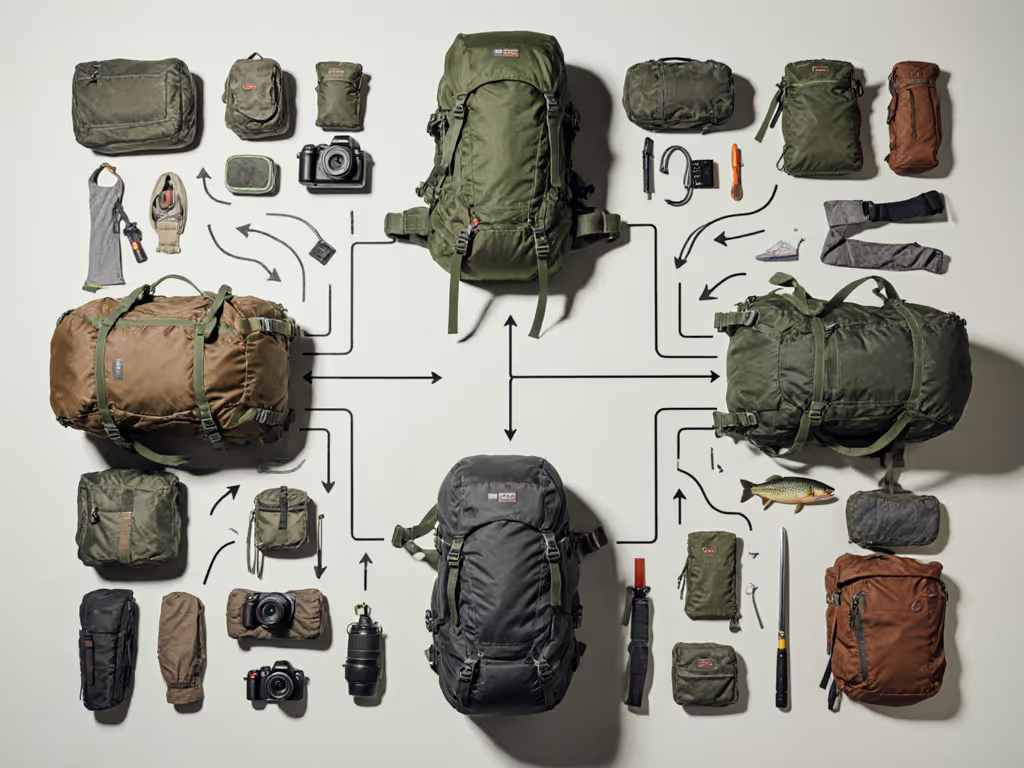
Related Articles

